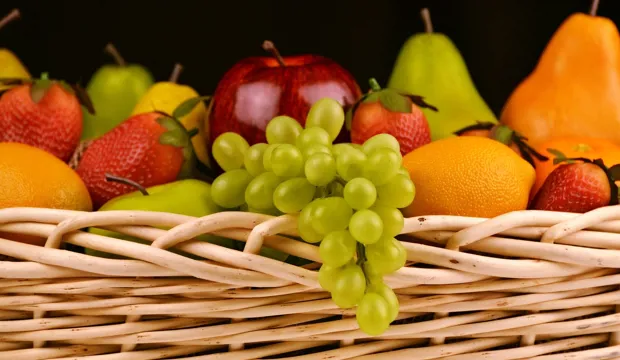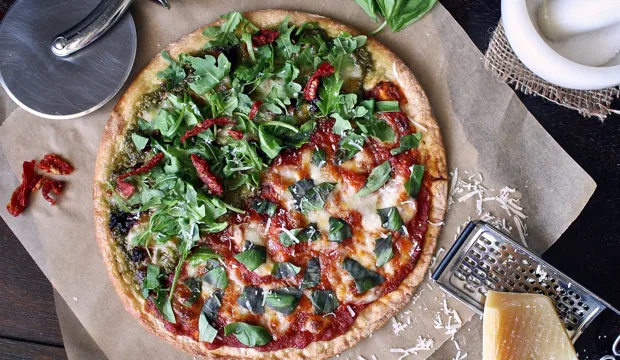
Easy cookie recipe
Scaling up a recipe
In this activity, students will embark on a delicious culinary adventure as they learn to expand an easy cookie recipe to create larger batches. Scaling up a recipe requires careful calculation and understanding of ingredient proportions and ratios, making it a perfect opportunity to enhance mathematical skills while indulging in the sweet rewards of baking.
Recipe introduction
Are you up for a math challenge? Look at the cookie recipe below, which yields a batch of six cookies, and test your mathematical skills to see if you can scale up the recipe to double or quadruple the amount. Get ready to apply your knowledge and calculations to create a mouth-watering batch of 12 or 24 cookies. Show off your math prowess and savour the joy of creating and sharing delicious cookies with your peers.
This activity is one of a set of STEM resources developed to support the teaching of the primary national curriculum and the delivery of key topics within maths and science. This resource focuses on understanding ratios, fractions and scaling by scaling up ingredients in a recipe. It could also be linked to learning in food technology to demonstrate a practical application of maths.
Ingredients you will need
• 120g butter, softened
• 75g light brown sugar
• 75g golden caster sugar
• 1 medium egg
• 1 tsp vanilla extract
• 180g plain flour
• ½ tsp bicarbonate of soda
• 150g chocolate, cut into chunks
Step by step guide
1. Heat oven to 180C.
2. Break the chocolate into small pieces.
3. Cream the butter and sugar together until light and fluffy.
4. Beat in the vanilla and egg.
5. Next, stir in the flour, bicarbonate of soda, salt and chocolate.
6. Scoop large tablespoons of the mixture onto parchment-lined trays, leaving space between each to allow for spreading.
7. Bake for 10-12 mins or until firm at the edges but still soft in the middle (they will harden a little as they cool).
8. Transfer to a wire rack to cool.
The cookies can be kept for three days in an airtight container.
The engineering context
Food engineers are employed in food processing, machinery, packaging, and ingredient manufacturing. When a new food product, e.g., a breakfast cereal, has been developed, they may have to plan to scale up the production to make thousands of boxes of it each day.
Suggested learning outcomes
By the end of this activity, students will be able to solve a scaling-up problem involving a recipe using maths skills.
Download for free below!
All activity sheets and supporting resources are free to download, and all the documents are fully editable so that you can tailor them to your students and your schools’ needs.
The activity sheet includes teacher notes, guidance, helpful web links, and links (where appropriate) to the national curriculum in the four devolved UK nations; England, Northern Ireland, Scotland and Wales.
Please share your baking highlights with us @IETeducation





